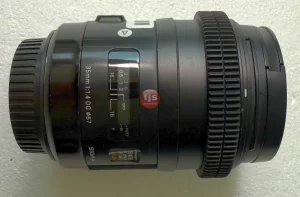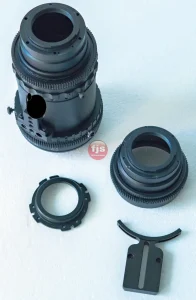While cinema lenses are specifically designed for video production, many filmmakers and videographers successfully utilize photo lenses to capture stunning footage. Let’s explore the pros and cons of this approach.
Advantages of Photo Lenses for Video
- Cost-Effective: Photo lenses are generally more affordable than their cinematic counterparts, making them a budget-friendly option.
- Wide Availability: A vast range of focal lengths and apertures is available, providing flexibility in shot selection.
- Image Quality: Modern photo lenses often deliver exceptional image quality, comparable to many cinema lenses.
Disadvantages of Photo Lenses for Video
- Autofocus: While autofocus is convenient for stills, it can be inconsistent and distracting in video. Manual focus is often preferred for smooth focus pulls.
- Focus Breathing: Some photo lenses exhibit focus breathing, where the field of view changes slightly when adjusting focus. This can be noticeable in video.
- Aperture Click Stops: The click stops on aperture rings can be audible in video, potentially distracting the viewer.
- Lack of T-Stops: Photo lenses use f-stops, which can vary in light transmission compared to T-stops used in cinema lenses.
Conclusion
Using photo lenses for video can be a viable option, especially for budget-conscious filmmakers. However, it’s essential to carefully consider the specific requirements of your project and the limitations of photo lenses. By understanding these factors, you can make informed decisions and achieve impressive results.
Frequently Asked Questions (FAQs)
- Can I use any photo lens for video?
- While many photo lenses can be used for video, some may exhibit more pronounced drawbacks than others.
- How can I mitigate focus breathing?
- Experimenting with different lenses and using focus pullers can help reduce the impact of focus breathing.
- Are there any photo lenses specifically designed for video?
- Some lens manufacturers offer photo lenses with video-centric features, such as reduced focus breathing and smoother aperture rings.








